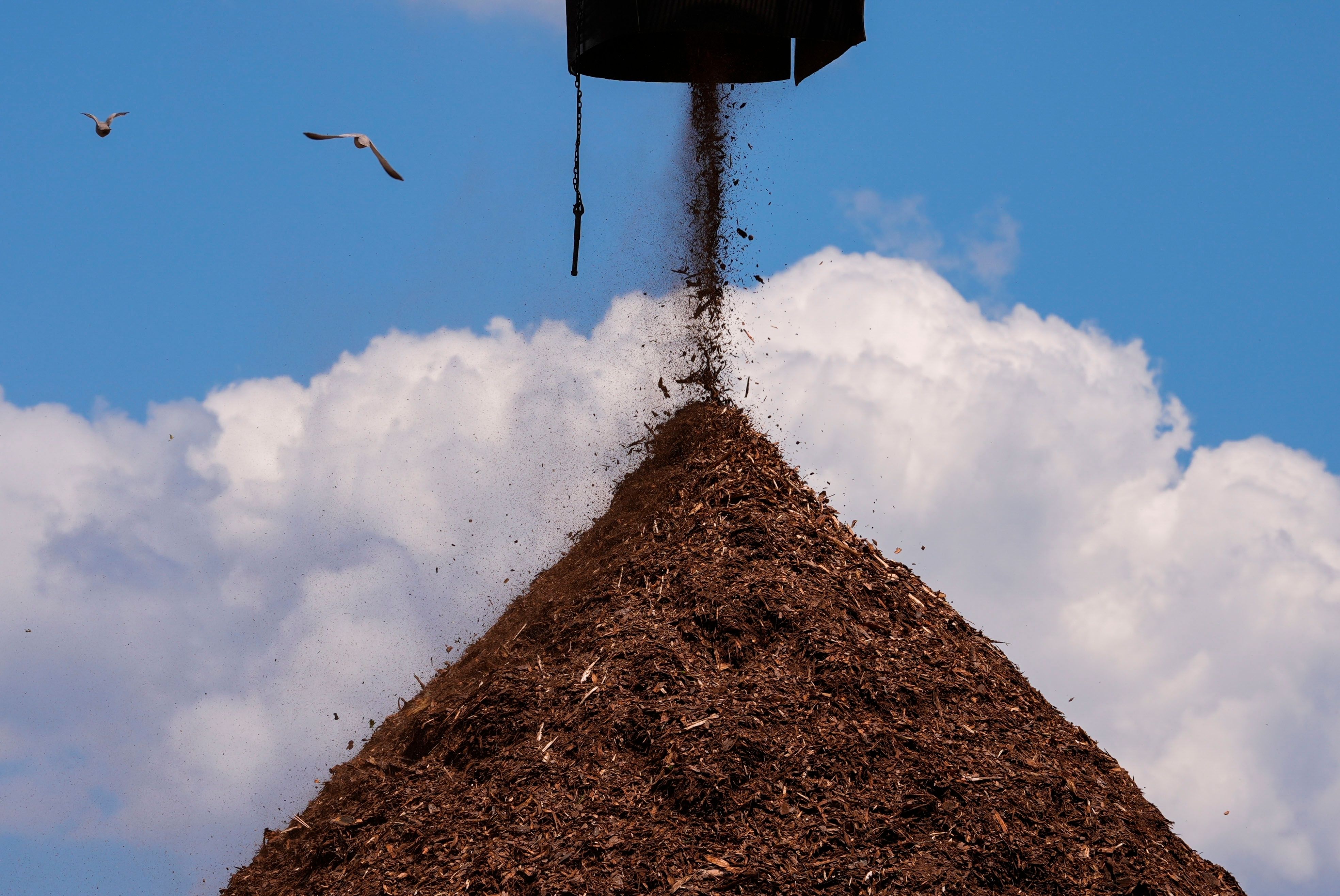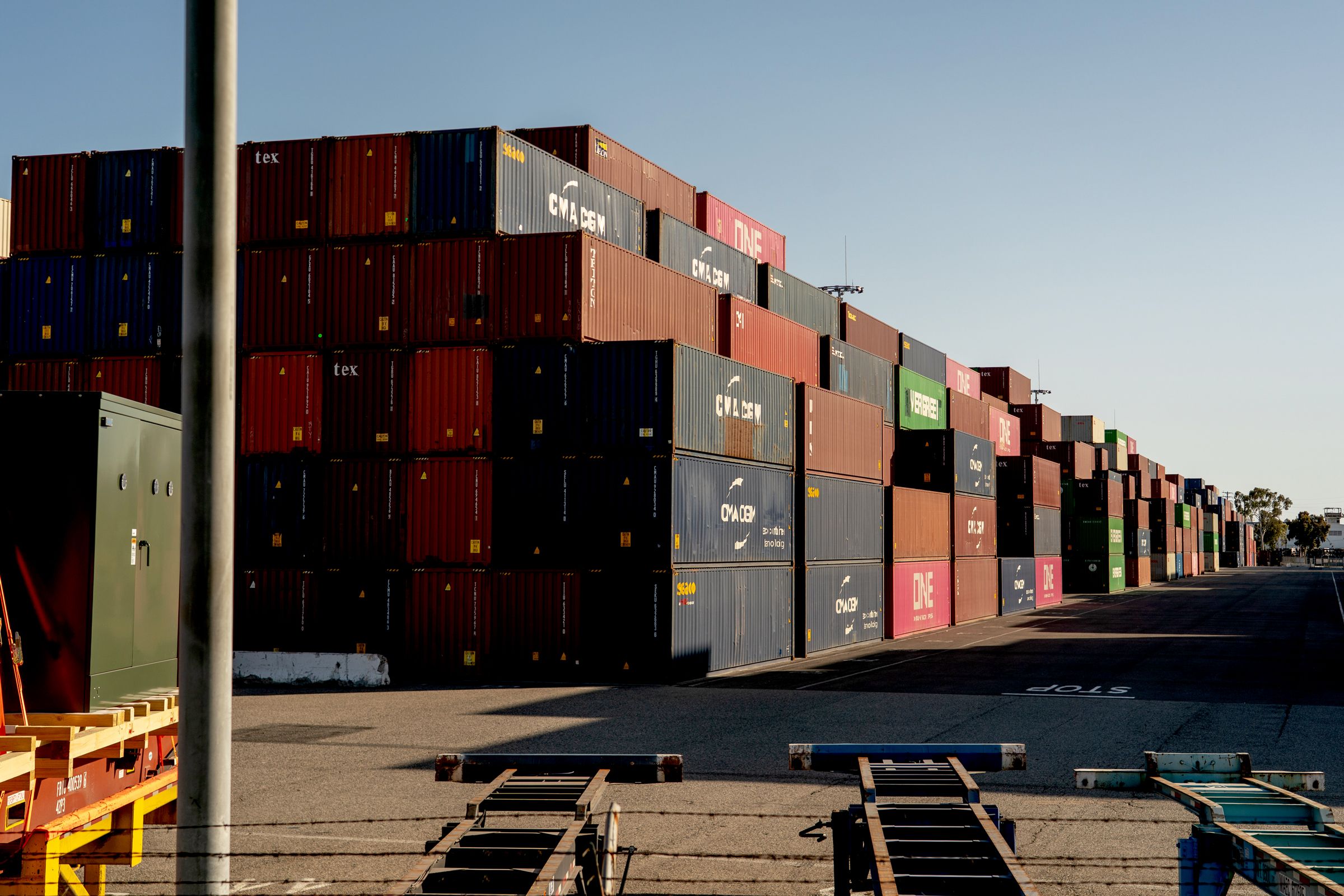Wood Pellet Mills Are Prone to Catching Fire. Why Build Them in California?
Wood Pellet Mills Are Prone to Catching Fire. Why Build Them in California?
Wood pellet mills are known to be prone to catching fire due to the nature of the materials they work…

Wood Pellet Mills Are Prone to Catching Fire. Why Build Them in California?
Wood pellet mills are known to be prone to catching fire due to the nature of the materials they work with and the machinery involved in the process. The high temperatures and friction created during the pelletizing process can easily lead to combustion if proper safety measures are not in place.
Despite the risks, California has seen an increase in the construction of wood pellet mills in recent years. This is due in part to the demand for biomass fuels and renewable energy sources in the state. Wood pellets are considered a cleaner alternative to traditional fossil fuels, making them an attractive option in California’s push for sustainability.
Additionally, California’s vast forestry industry provides a steady supply of raw materials for wood pellet production. By utilizing these abundant resources, the state can reduce its reliance on imported fuels and support local economies.
While the risk of fire is a concern, wood pellet mills in California are subject to strict safety regulations and guidelines to mitigate these dangers. Fire prevention measures, such as regular inspections, fire suppression systems, and proper training for staff, are implemented to ensure the safety of workers and nearby residents.
Furthermore, the environmental benefits of wood pellets, such as lower carbon emissions and reduced waste, outweigh the potential risks associated with their production. By investing in wood pellet mills, California can move towards a more sustainable energy future while supporting the forestry industry and creating jobs in the state.
In conclusion, while wood pellet mills may be prone to catching fire, the decision to build them in California is driven by the state’s commitment to renewable energy and environmental sustainability. With proper safety measures in place, these facilities can play a crucial role in reducing carbon emissions and promoting a cleaner future for California and beyond.





